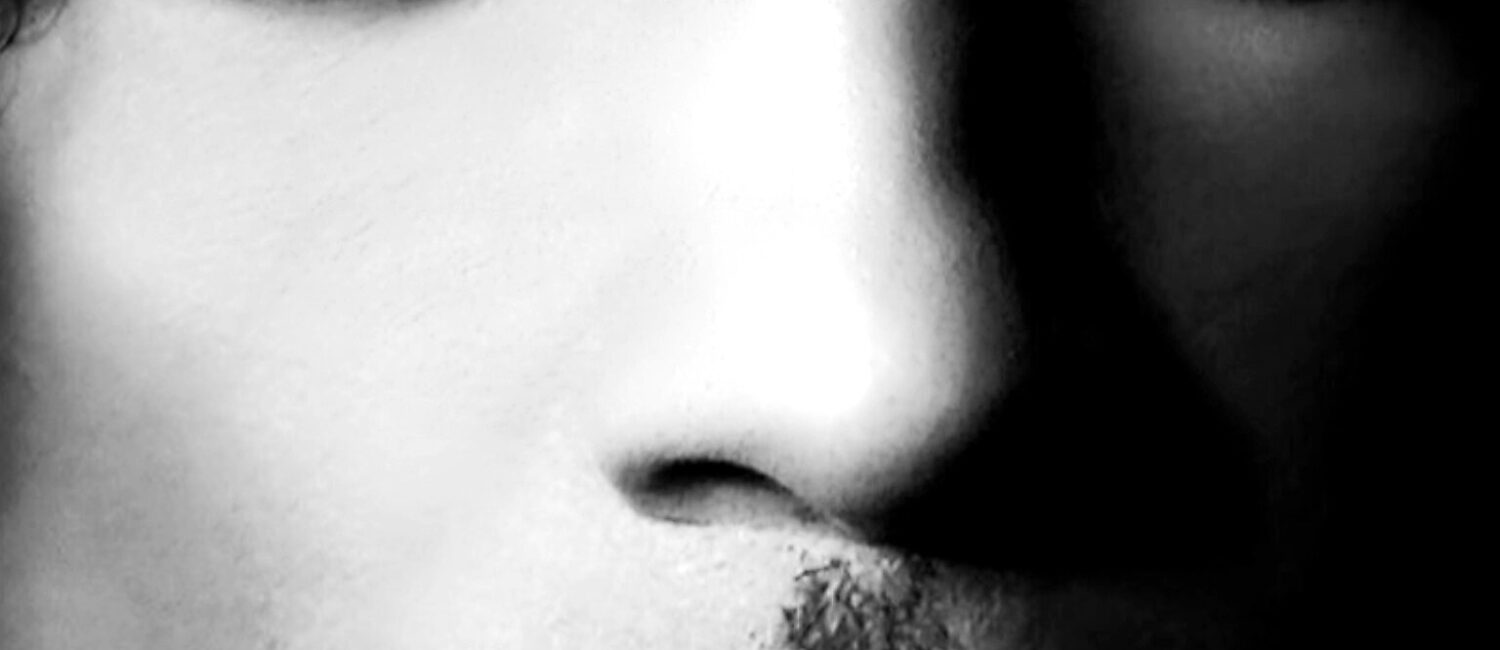By Wired | The US Supreme Court’s upcoming decision could shift the interpretation of fair use law — and all the people, and tools, that turn to it for protection.
Andy Warhol probably never said that thing about everyone in the future getting their 15 minutes of fame. It might have been Swedish art collector Pontus Hultén. Or painter Larry Rivers. Or photographer Nat Finkelstein. Warhol is the household name, though, so he gets the credit. But he did say this: “Being good in business is the most fascinating kind of art.”
Warhol won his first advertising award in 1952. His client base included Tiffany & Co., Columbia Records, and Vogue. He knew the value of commercial licensing. He was also an avid fan of new technologies: Polaroid kept its SX-70 model in production specifically for him; in 1985, he painted Debbie Harry with a Commodore Amiga when digital art was otherwise unheard of. If Warhol were alive today, he’d likely be tinkering with generative AI—if he could keep the rights to what it produced.
The US Copyright Office determined recently that art created solely by AI isn’t eligible for copyright protection. Artists can attempt to register works made with assistance from AI, but they must show significant “human authorship.” The office is also in the midst of an initiative to “examine the copyright law and policy issues raised by artificial intelligence (AI) technology.”
Currently a trio of artists is suing Midjourney, Stable Diffusion maker Stability AI, and DeviantArt, claiming that the tools are scraping artists’ work to train their models without permission. . . .
> > > > > > > > >
At this point we will skip to how Prince is involved…
> > > > > > > > >
This spring, the US Supreme Court is expected to rule on Andy Warhol Foundation for the Visual Arts, Inc. v. Goldsmith, a case that will determine whether a series of images Warhol created of Prince were adequately transformative, under the fair use doctrine of the Copyright Act, of the photograph he used for reference. Put another way, the court that overturned Roe v. Wade is being asked to determine when an act of creation begins. Legal scholars everywhere are watching.
“Quite obviously this court has no trouble upending precedent,” says Rebecca Tushnet, a professor at Harvard Law School and founding member of the Organization for Transformative Works who submitted an amicus brief in the case backing the Warhol Foundation. “Anything could happen.”
The prelude to the case is a long one. In 1981, Lynn Goldsmith photographed Prince in her studio. In 1984, Vanity Fair (which, like WIRED, is a Condé Nast publication) licensed that photo for artistic reference. The artist was Andy Warhol. Warhol’s work became the magazine’s November cover, with Goldsmith given a photography credit. Between 1984 and 1987, Warhol created the “Prince Series,” again referencing Goldsmith’s photograph, for 15 additional images. Between 1993 and 2004, the Warhol Foundation sold 12 of Warhol’s Prince works and transferred the remaining four to the Andy Warhol Museum, while exploiting the commercial licenses to the images for merchandise.
Following Prince’s death in 2016, Condé Nast published a special issue commemorating his passing and licensed Warhol’s “Orange Prince” from the Foundation for $10,250, without crediting Goldsmith.
> > > > > > > >
Read the rest of this intricate and complicated story here:
https://www.wired.com/story/andy-warhol-fair-use-prince-generative-ai/?utm_medium=email&utm_sou
Photo: Prince | from his Facebook page

Home
Interesting BitsThe Andy Warhol Copyright Case That Could Transform Generative AI – Involves Prince
